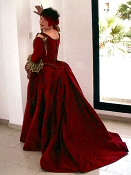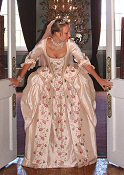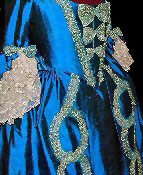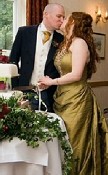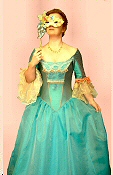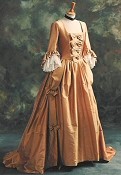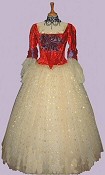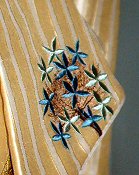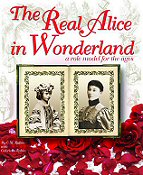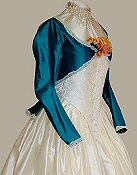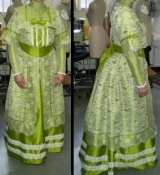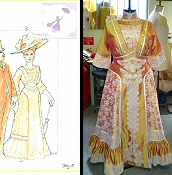 Introduction and
Introduction and
Information
(Home)
Contact Us
Pre-Raphaelite
& Mediaeval
Contemporary
Bridal Gowns
Corsets/Stays
The William Morris
Collection
Classical Tutus
& Dance Costume
16th and 17th Century
18th and 19th Century
Accessories
Ready-to-Wear
Sample Sale
Design Process
FAQ/Contacts
Experience
File
CV
Past Work
|
|
18th,19th and Turn-of-the-Century Style:
Period influenced Wedding Dresses
Reproduction Gowns and Theatre Costume |
|

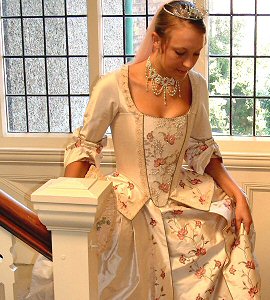
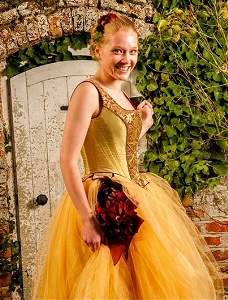
"A famous good thing this marrying scheme, upon my soul!"
Jane Austen, Northanger Abbey
Click on thumbnail image to see entire page detailing fabrics, trims and costs.
All designs can be varied in colour and details.
|
Ready-to-wear variations of the made-to-measure designs are occasionally available. We can also provide details for the wedding photographers whose work is shown within these pages. Please contact for details.
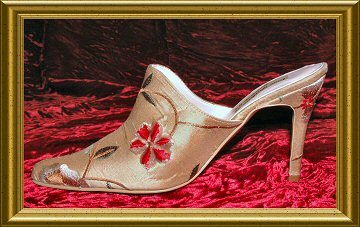 
18th Century style shoes, such as the mule shown above, can be ordered in your own choice of fabric.
Accessories Page
Copyright © 1987 - 2012
Theresa Blake. All Rights Reserved.


|
Notes From The Designer
I love the elegance and potential for extravagant embellishment offered by eighteenth century costume. From the stylish charm of an Elizabeth Swann-type wedding dress, via Watteau's famous paintings, to Marie Antoinette's elaborate grandeur, the eighteenth century lends itself perfectly to the most sumptuous style of bridal gown and I go there again and again. The
flat fronted 18th Century corset (think "Dangerous Liaisons", "Sleepy Hollow",
"Interview With The Vampire"), is an easy shape to wear for the modern
woman because the particular boning used takes the pressure off the waist
and the diaphragm (unlike victorian corsets and "Tight Lacing" styles). If well cut, an 18th century style corset will
create a cleavage which flatters the larger busted lady and enhances even the
smallest of busts by compressing and lifting. All corsets will inevitably change the shape of
the body, giving the illusion of a smaller waist. This effect can
be enhanced by the old theatrical trick of intensely decorating the front
panel of the corset or gown to kid the eye that the wearer is quite slim. So many clients comment on the unexpected comfort of the style, plus the surprise of their new silhouette!
18th Century corsets can be cut as authentic reproductions from original patterns (these corsets usually end at the waist with or without tabs.) Alternatively, they can be modified to the modern figure with waists cut lower, less severe boning and even the possibility of elastic inserts at the shoulder and elsewhere for ease and comfort (as favoured by dancers and opera singers.) Take into consideration that lengthening the line of the corset can make the legs look shorter on any client under 5' 5".
Whether ordering an authentic reproduction 18th century corset or a modern equivalent, the client has the choice of emphasizing the bone channels with top-stitching or opting for a smooth finish over the body of the corset/ stays. The key is to have adequate boning within suitable interlinings, the appropriate kind of boning (for the purpose - e.g. wedding or ballet) and correctly placed seams, otherwise the corset is likely to 'buckle' at the waist. (Be wary of dressmakers who think the eighteenth century shape can just be extended for a modern look. Signs of failure to understand this shape are wrinkles at the waist and upper hip. A properly cut and constructed eighteenth century style bodice will be smooth from neckline to base).
All Rossetti eighteenth century corsets are extremely well cut, will fit you like a glove and will provide an enviable cleavage without any discomfort. They can be produced in a variety of fabrics and have endless possibilities for decoration and combinations of sleeve shapes.
|
|




